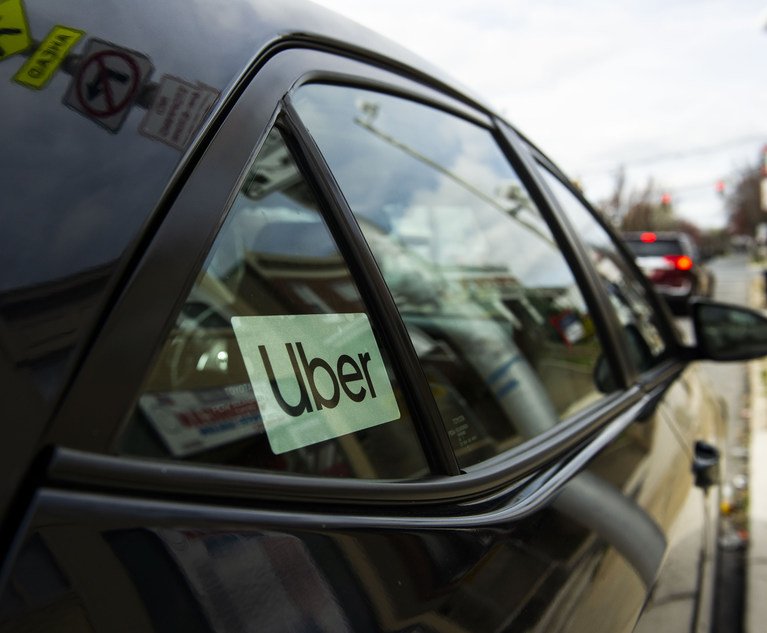 53% of women report being afraid to walk alone after dark, according to Gallup. Female Uber passengers may feel safer requesting a ride through the app, but getting in the car is not always safer than braving a walk home. (Credit: Diego M. Radzinschi/ALM)
53% of women report being afraid to walk alone after dark, according to Gallup. Female Uber passengers may feel safer requesting a ride through the app, but getting in the car is not always safer than braving a walk home. (Credit: Diego M. Radzinschi/ALM)
Rideshares first hit the streets in 2010, with Uber promising safe rides for city dwellers tired of hailing taxis, but ridesharing services were far from safe and secure for some female passengers. With a long history of legal battles regarding sexual harassment and sexual assault claims, Uber has worked to tighten safety measures to lower assault rates. The company announced on April 10, 2024, that app safety preferences are now automated to ensure passenger safety.
Recommended For You
Want to continue reading?
Become a Free PropertyCasualty360 Digital Reader
Your access to unlimited PropertyCasualty360 content isn’t changing.
Once you are an ALM digital member, you’ll receive:
- Breaking insurance news and analysis, on-site and via our newsletters and custom alerts
- Weekly Insurance Speak podcast featuring exclusive interviews with industry leaders
- Educational webcasts, white papers, and ebooks from industry thought leaders
- Critical converage of the employee benefits and financial advisory markets on our other ALM sites, BenefitsPRO and ThinkAdvisor
Already have an account? Sign In Now
© Touchpoint Markets, All Rights Reserved. Request academic re-use from www.copyright.com. All other uses, submit a request to [email protected]. For more inforrmation visit Asset & Logo Licensing.







